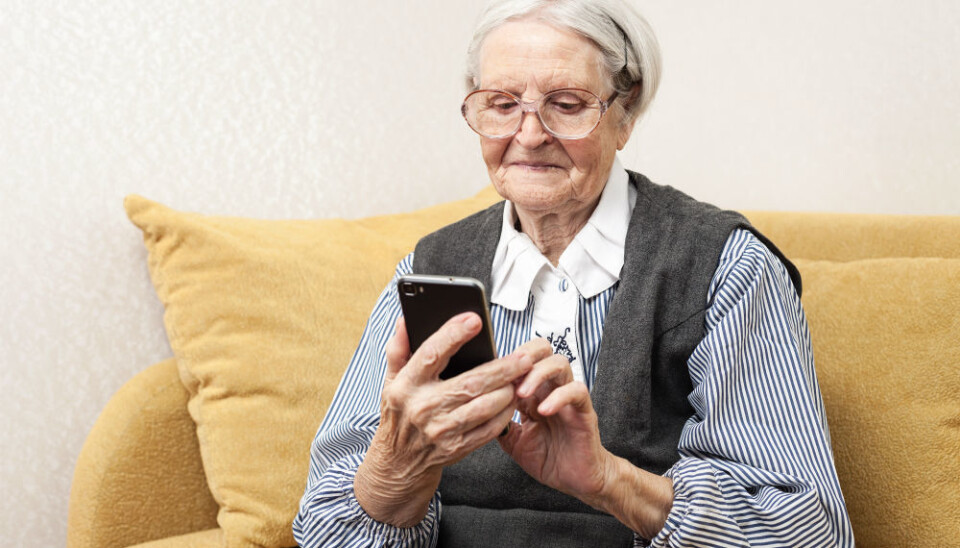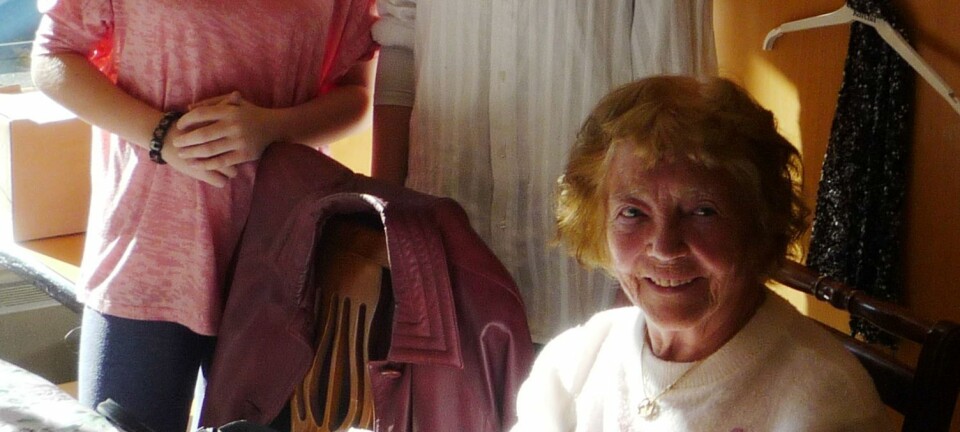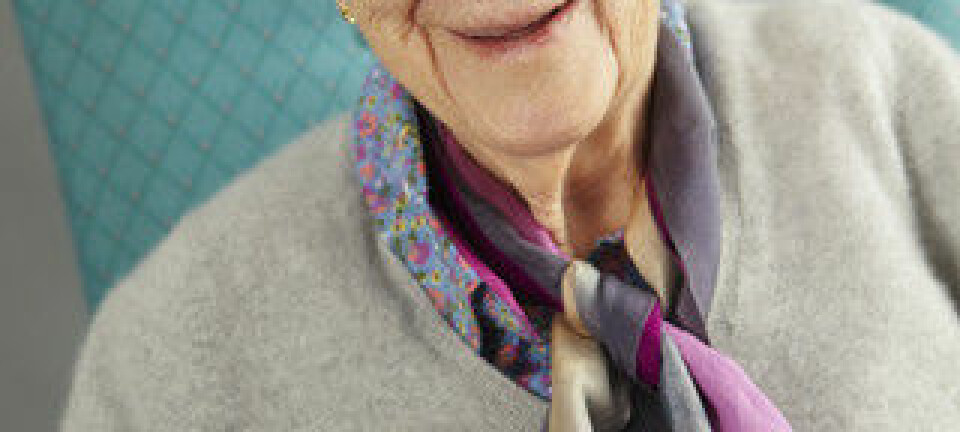An article from Norwegian SciTech News at NTNU

Smartphones can alert caregivers when seniors fall
A smartphone can be an aid for an elderly person who takes a tumble at home. It can capture the sound of the fall from up to five meters away and thus eliminates the need for elders to actually wear equipment or sensors.
Nearly one in three people over the age of 65 have at least one fall episode a year. Michael Cheffena, a professor at the Department of Electronics and Mechanics at NTNU Gjøvik, has found a way to use the audio features of smartphones to detect falls. Today the most common systems are ones that must always be carried on one’s body.
Range of five meters
The smartphone is a tool that many people already use, and it’s easy to add new functions and apps to it. Using the audio function allows you to put down the phone, and yet it still manages to detect falls five metres away.
“This is a great advantage and can make it safer for elderly people living at home,” says Cheffena.
Socioeconomic challenge
Many falls end with breaking a bone, usually the wrist, hip or back. Falls among the elderly thus incur a great social cost, as well as being both a physical and psychological burden for the elderly who are affected. The need is great for a solution that allows the elderly to feel safer in their own home.
Most fall detection systems are based on technology that records or reacts to changes in speed. These systems assume that the user has the equipment on their body. When a change is detected, the monitoring centre is notified. But if you forget to wear it, you’re out of luck. A cell phone, on the other hand, can detect a fall even if it happens a short distance away.
Student testers
Michael Cheffena has tested which smartphone audio features can best detect a fall. It is important for the phone to be able to distinguish real falls from other noises.
“We don’t want the phone to alert the monitoring centre when someone drops a book on the floor or accidentally kicks the table leg,” said Cheffena.
He has used students as volunteers to test the audio features in smartphones, and the testers carried out 130 falls and 130 non-falls.
“The smartphone classifies the sound as a fall or a non-fall. It’s important to train the system, so these tests have to be repeated a lot of times,” says Cheffena.
He adds, “This is a good result, but of course we have to do more tests before [the technology] can become a reality. During the tests I did, the external noise was eliminated and we had young people doing the tests, so these are limitations of this study.”
Cheffena hopes someone will take up the results and develop software that can benefit the elderly.
Must be simple interface
Doctoral candidate Randi Stokke at NTNU’s Centre for Care Research in Gjøvik, thinks this sounds promising. She is studying the use of technology in health care services.
“It’s a really exciting idea to use your smartphone to detect falls. There are always a lot of “yes buts”, but this shouldn’t keep us from trying new methods and technologies,” she said.
Stokke emphasizes that the smartphone is a tempting tool to use because users are already familiar with the interface. She has not heard of regular cell phones being used to alert help for falls. The Norwegian government’s Department of Assistive Technology in Norway uses Fallofon, a specialized phone that must be worn.
“Technology should be easy to use and have as few errors as possible. The use of smart phones to alert help for falls needs to be thoroughly tested in different environments so that it doesn’t give a false sense of security. There’s a big difference between a laboratory and a home environment,” says Stokke, who is confident that this technology can become a reality in the future.
































